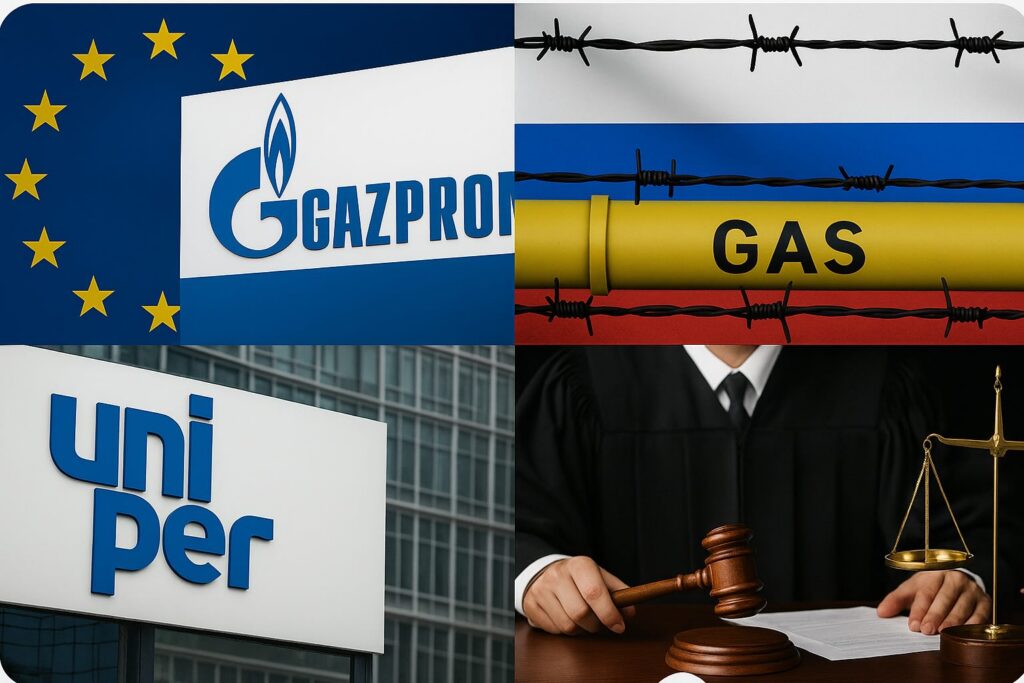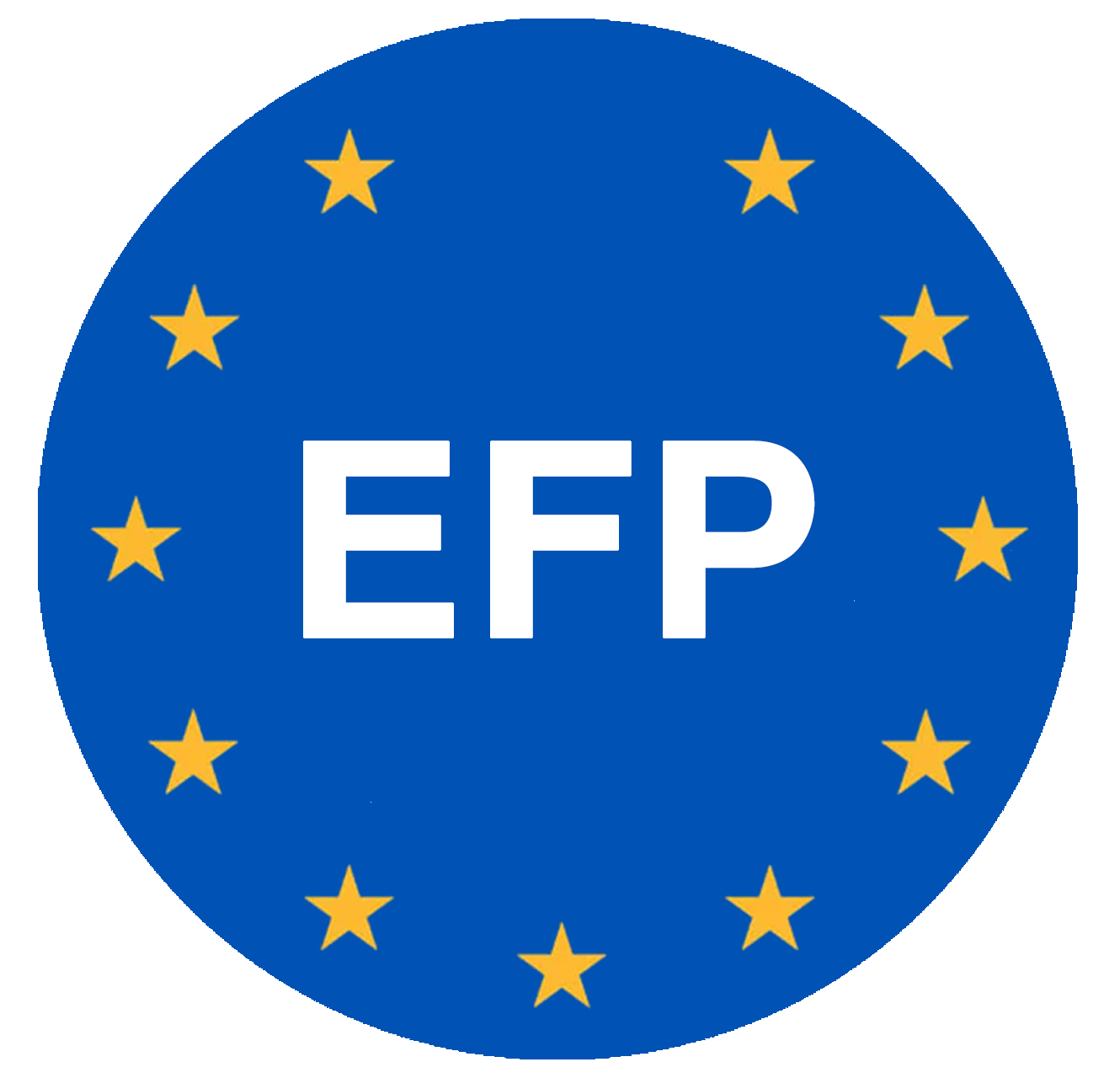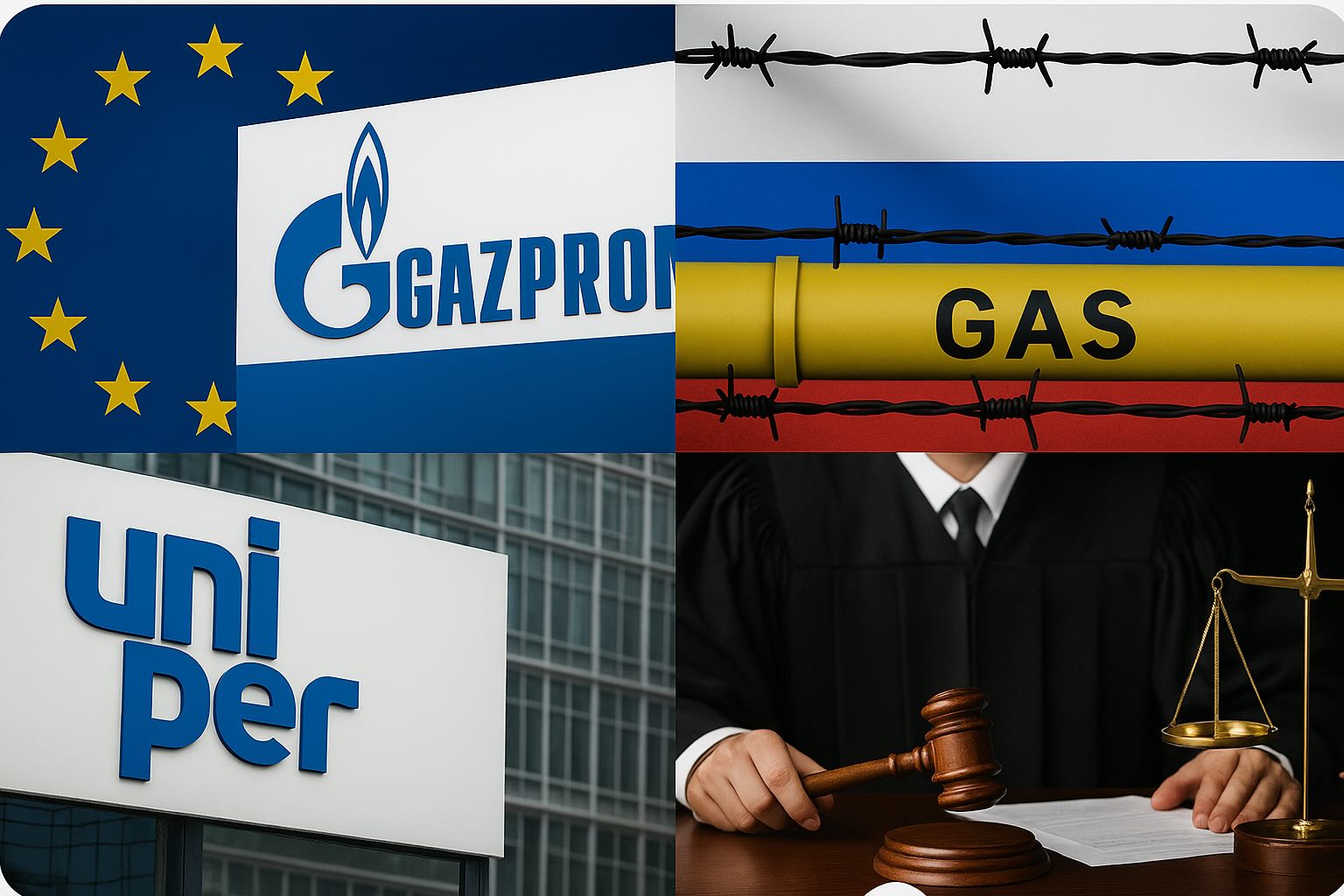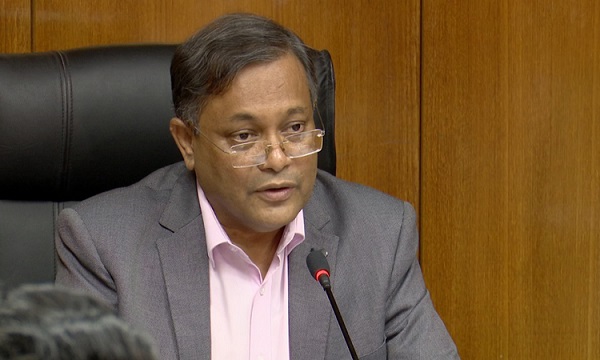
A number of European energy companies that have won, or expect to win, arbitration cases against Gazprom for failing to meet contracted gas supply volumes in 2021–2022 are now faced with the question of how to recover funds.
These are significant sums that European companies are unlikely to ignore, even if there is interest in resuming imports of Russian gas. Available data suggests that claims against Gazprom by European firms total approximately €18 billion. Of this, Germany’s state-owned utility Uniper alone is set to recover €13 billion under a ruling by the Stockholm arbitration court in June 2024.
Gazprom, for its part, has no intention of making any payments. It is actively seeking to avoid direct financial settlements, delaying and obstructing arbitration enforcement where possible. Nonetheless, it is likely that payment will ultimately be required. Russia’s so-called “national treasure” is in dire financial straits. Attempts to replace the EU market with China — President Putin’s “pivot to the East” — have failed. Central Asian countries cannot absorb the volumes once destined for Europe. Projects involving Russian gas exports to Iran via the Caspian, or to India via Central Asia, Afghanistan, and Pakistan, remain largely public relations efforts. As such, desperate efforts are now under way to return to the “lost paradise” of the European gas market.
Gazprom has been attempting this since last year. The initial scheme revolved around “Azerbaijani” gas — essentially, the continued transit of Russian gas through Ukraine, rebranded on paper as Azerbaijani-origin. For various reasons, this subterfuge failed. A new attempt is now under way. Both Gazprom and the Kremlin understand that payment to European companies will eventually be unavoidable. Without this, plans to re-enter the EU market will remain theoretical. Settlement of arbitration awards is seen as a prerequisite for Gazprom’s return to the European Union’s energy market.
The concept devised in Moscow is one of “payment in kind” — compensatory gas deliveries equivalent in value to the arbitration claims. Gazprom, via its lobbyists in Europe, particularly in Germany, is seeking to present this model as an initiative of its European partners. The disguise is deemed essential. Moscow is counting on the European Commission finding it more difficult to reject a proposal from its own companies. If it were seen as a Russian initiative, Brussels would likely make political demands — notably, a cessation of Russian aggression against Ukraine — before entertaining any resumption of energy ties. Hence the emphasis on concealment.
The proposal involves mixed deliveries: 50% of volumes would be delivered at no cost as compensation; the remaining 50% would be sold at market prices. This model is considered attractive for European companies seeking to recover losses. It would also ease financial pressure on Gazprom and allow the company to once again use energy exports as leverage over European partners.
At current indicative export prices from Russia’s Ministry of Economic Development for 2025 — approximately $308 or €271 per thousand cubic metres — €18 billion worth of compensatory deliveries would equate to roughly 70 billion cubic metres of gas. Should companies push for a lower price, the total volume would rise. During the 2025 St Petersburg International Economic Forum, Putin referenced a price of $220 per thousand cubic metres for gas to Germany — comparable to 2021 levels, before Gazprom, under Kremlin orders, launched its campaign to restrict EU gas supply and drive up prices. At this price point, compensation would entail around 95 billion cubic metres.
Simultaneous commercial sales of that volume could generate at least €18 billion in revenue for Gazprom, with a portion directed to the Russian state budget and, by extension, the war effort. For Gazprom, such blended deliveries would fulfil several objectives: restoring partnerships with European firms, re-establishing a presence on the EU market, and reinvigorating lobbying campaigns around “cheap Russian gas” as essential to Europe’s chemical and energy industries. For the Kremlin, the arrangement would sever the link between gas trade and the war in Ukraine, while undermining EU efforts to phase out Russian energy.
Putin’s remarks on 18 June at the St Petersburg forum aligned with this narrative. He promoted Russian gas as a cost-effective and stable supply for European industry, contrasting it with what he described as volatile EU market prices and the logistical complexity of American LNG. He noted that EU spot prices were spiking to $650 per thousand cubic metres, while Gazprom had offered Germany gas at $220.
However, a key challenge remains: limited pipeline capacity to the EU. Currently, only one operational route exists — the Turkish Stream pipeline, with an annual capacity of 16 billion cubic metres, which is already fully utilised. The Nord Stream pipelines under the Baltic Sea are non-operational. Efforts to revive them have been rejected by both the new Merz government in Berlin and the European Commission. The Yamal–Europe pipeline via Belarus and Poland is off-limits due to Warsaw’s stance. Poland has completely ended imports of Russian gas and advocates for a unified EU position. In addition, Polish firm EuRoPolGaz is suing Gazprom for €1.55 billion for breach of obligations under the Yamal–Europe pipeline.
The only viable route is the traditional one: via Ukraine, through Slovakia, then Austria and the Czech Republic to Germany. But Moscow recognises that the EU’s position will likely tie any new arrangement to a halt in Russian aggression. Moreover, past opaque dealings between Gazprom and European companies led to corruption — and there is little to suggest Gazprom has changed its practices.
Gazprom is presenting incentives to European firms through its lobbyists, while also issuing veiled threats. This pressure is largely aimed at the European Commission. For instance, Gazprom could threaten legal action against Slovakia’s SPP, demanding billions in damages for refusal to honour contracted purchases under an agreement valid until 2034 — if the EU imposes a ban from 2027. Observers suggest this could be a coordinated manoeuvre by Gazprom and SPP to pressure Brussels by portraying SPP as a victim of EU policy, thereby justifying demands for compensation from the EU budget.
As for unlocking the Ukrainian transit corridor, Moscow believes the issue can be resolved through “certain individuals in Kyiv”, as well as political pressure on Ukraine via Bratislava. Slovakia is considered highly interested in the scheme, as operator Eustream would earn substantial transit fees, and SPP would secure discounted gas under its long-term contract. The plan could also be presented as advantageous for Ukraine, since gas would appear to be owned by European entities, not Gazprom. Ukraine’s GTS Operator would collect transit payments and contribute to the state budget. It remains unclear who these “certain individuals” in Kyiv might be, though speculation centres on those close to the Presidential Office. Notably, in June 2025, a Swiss arbitration panel ruled in favour of Naftogaz, ordering Gazprom to pay $1.37 billion. It is likely that European envoys representing the “group of interested companies” will pressure Kyiv to accept the proposed arrangement, offering promises of eventual financial benefit.
In conclusion, Russia continues its attempts to re-enter the EU gas market under a European guise. This reflects both Gazprom’s deteriorating financial condition — unlikely to improve without European access — and Moscow’s urgent need to fund its budget by any means. A consortium of European firms may be formed to jointly take delivery of compensation gas, disguising it as “European” at the Russia–Ukraine border, akin to existing schemes involving Hungarian oil on the Belarus–Ukraine frontier. Gazprom’s European lobbyists, and the governments of Hungary and Slovakia, are expected to exert pressure on the Commission to secure Ukrainian acceptance of the proposed mixed-supply model — irrespective of whether Russia ends its war against Ukraine.
It is clear that the proposed scheme—regardless of its source or how effectively it conceals the role of Gazprom and the Kremlin—cannot be considered acceptable while the Russian Federation’s aggression continues. Russia must not be granted additional opportunities to replenish the budget of its war against Ukraine and Europe. This is a matter of shared interest for both Ukraine and the European Union.
Originally published by the Ukrainian news outlet ZN.ua.



